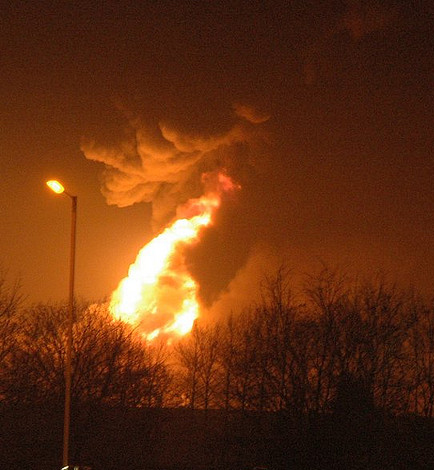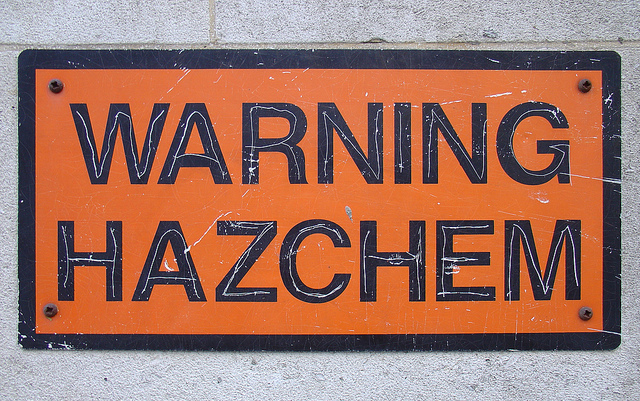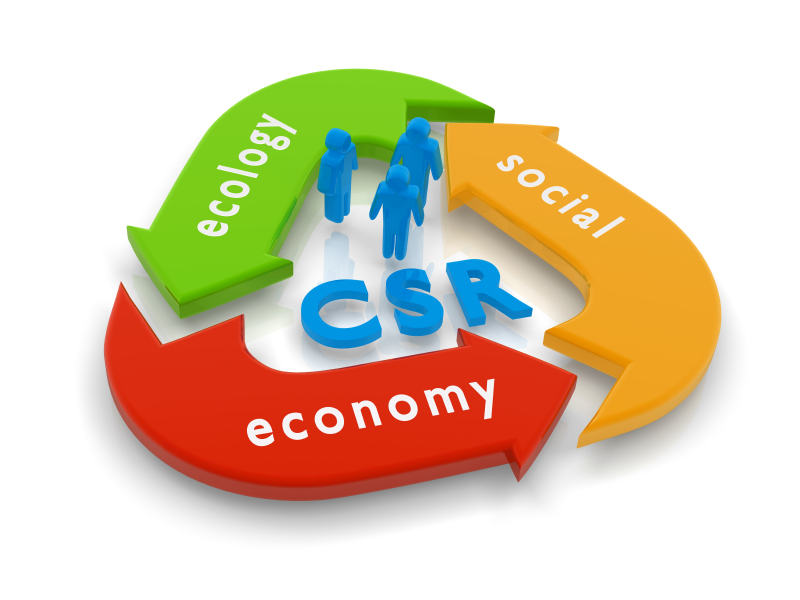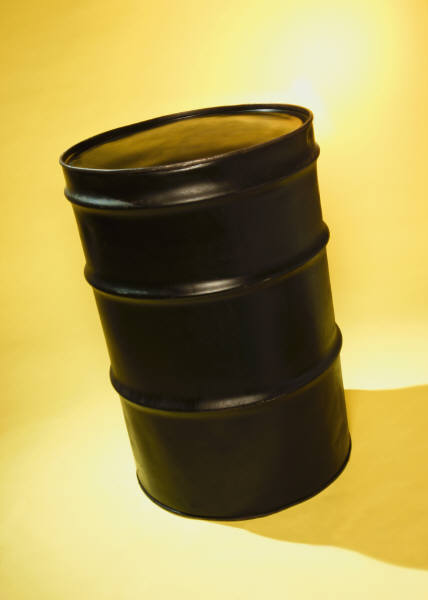The greenhouse gas cap-and-trade program overseen by California’s Air Resources Board (ARB), which began earlier this year, not only allows for use of approved offsets to meet a portion of an entity’s emission reduction requirements. Entities will soon also be able to comply with the program by participating in its counterpart in the Canadian province of Quebec. By January 1, 2014, ARB’s cap-and-trade program will be linked with Quebec’s. A press release from ARB sums up key features of the linkage:
Audit, Compliance and Risk Blog
Tags: Health & Safety, Environmental risks, Environmental, EPA, Greenhouse Gas, ghg
Do you know what's in the chemical products you buy and use, and whether they're "safe?" Effective October 1, 2013, California regulations provide criteria and procedures for state-level identification and listing of likely-hazardous chemicals of concern. Manufacturers and importers will be required to evaluate chemicals of concern in consumer products, their potential alternatives, and how best to limit exposure or reduce hazards. Assemblers and retailers will have related responsibilities. Although these requirements apply directly only within California, any reviews and reformulations are likely to affect global production and distribution decisions.
Tags: Health & Safety, California Legislation, Environmental, EHS, EPA, Hazcom
One small but critically important sub-category of chemical incidents consists of those that can produce mass casualties, usually when a cloud of toxic or superheated gases are spewed out by a fire or explosion. Given America’s fragmented approach to hazardous materials regulation, it’s no surprise that separate regulatory programs have grown up to address these concerns—leading inevitably to overlaps and gaps in coverage.
Tags: Corporate Governance, Business & Legal, Health & Safety, OSHA, Environmental risks, Environmental, EHS, EPA, Greenhouse Gas, Hazcom
EPA Excludes Solvent-Contaminated Wipes From RCRA Regulation
Posted by Jon Elliott on Wed, Aug 14, 2013
Tags: Business & Legal, Employer Best Practices, Health & Safety, Environmental risks, Environmental, EHS, EPA, RCRA
If government provided a unified approach to chemical regulation, then each chemical might be subject to a single set of requirements, which ideally would be tailored to reflect chemical-specific hazards throughout its life cycle. Instead, each chemical is subject to its own loosely connected (some would say haphazard) collection of environmental, health and safety (EH&S) requirements. Some are federal, some are state (or provincial if you’re in Canada), and others are regional and even local. You may need to refer to agencies at all three levels (federal, state and local) to identify your regulators and their requirements – although many organizations only deal with the agency responsible for permitting and inspecting day-to-day activities.
Tags: Audit Standards, Environmental risks, Environmental, EHS, EPA, Hazcom, MSDS, mact
Partisan divides in Washington are preventing legislative action to reduce emissions of greenhouse gases (GHGs) and climate change, but President Obama recently announced administrative initiatives to advance these efforts even without Congressional action. His new Climate Action Plan reaffirms domestic initiatives led by the Environmental Protection Agency (EPA), and international GHG emission reduction and climate change efforts. The Plan has the following three main “pillars”:
Tags: Environmental risks, Environmental, EPA, Greenhouse Gas, ghg, climate change
EPA Revises Standards for Identification of Non-Hazardous Secondary Materials
Posted by STP Editorial Team on Tue, Jun 18, 2013
Traditionally, industrial facilities have used fossil fuels such as coal, oil, and natural gas as their main source of energy. Over the years, however, facilities have sought to replace some or all of their fossil fuel with less expensive and more efficient alternative fuels from secondary materials. The Environmental Protection Agency (EPA) has regulated the combustion of such wastes under the Resource Conservation and Recovery Act (RCRA). Under RCRA, some of these secondary materials are classified as ''hazardous wastes,'' while others are referred to as ''non-hazardous secondary materials.'' Facilities that combust ''solid waste'' as defined by EPA under RCRA must be regulated by emission standards issued by EPA under section 129 of the Clean Air Act (CAA).
Tags: Business & Legal, Health & Safety, EPA, RCRA, CAA
PSD Rules Rescinded In Part
Recent court decisions rescind portions of EPA Clean Air Act rules governing Prevention of Serious Deterioration (PSD) and renewable fuels. For example, in October 2010, EPA adopted rules allowing for significant impact levels (SILs) and significant monitoring concentrations (SMCs) for sources of PM-2.5. However, in January of this year the D.C. Circuit upheld most elements of the 2012 standards, but vacated and remanded provisions establishing and applying projections of cellulosic biofuel use. American Petroleum Institute v. EPA, ___ F.3d ___ (D.C. Cir. 2013).
Tags: Health & Safety, OSHA, Environmental risks, Environmental, EPA, ghg
ISO 14001 and the ISO 26000 Guidance on Social Responsibility
Posted by Allison Campbell on Fri, Jun 07, 2013
Organizations with a well-established ISO 14001 Environmental Management System (EMS) are discovering a new advantage as the issue of “social responsibility” becomes more widespread throughout business communities. EMS managers are finding that techniques and methodology from their EMS can be used to identify and prioritize social responsibility issues and efficiently integrate them into their organization. Furthermore, managers building an EMS system are able to develop it in concert with social responsibility initiatives.
Tags: Corporate Governance, Business & Legal, Employer Best Practices, Environmental, EHS, EPA
Environmental Compliance: Walmart Pays $110 Million in Fines
Posted by Jon Elliott on Wed, Jun 05, 2013
On May 28 Walmart bundled guilty pleas in a number of pending federal cases alleging environmental compliance violations at some of the company’s 4600+ stores in the U.S. These arose because Walmart had not implemented a corporate hazardous waste management program until January 2006, leaving locations to manage—or mismanage—such wastes.
Tags: Corporate Governance, Business & Legal, California Legislation, Environmental risks, Environmental, EPA, Hazcom



.jpg)






